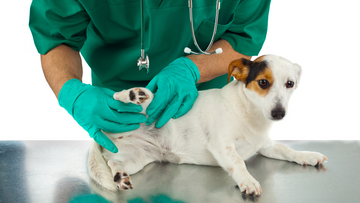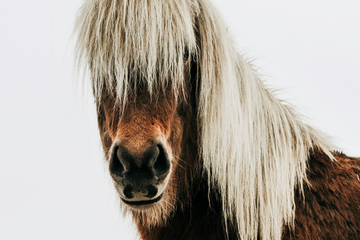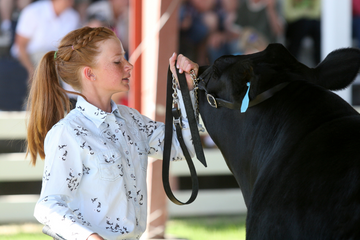
We have all heard of it before, equine colic. It is extremely common in horses and can be life threatening. Colic is known as any abdominal pain in a horse that compromise the anatomy and the microflora of the horse’s gastrointestinal tract.
CAUSES OF COLIC
Colic can be caused by a number of things. Here are a few of the main causes:
- High grain based diets and low forage diets
- Moldy feed
- Sudden change in feed
- Parasite infection
- Lack of water consumption (leads to impaction colic)
- Sand ingestion
- Long term use of non-steroidal anti-inflammatory drugs
- Stress
- Dental problems
SYMPTOMS OF HORSE COLIC
Common colic symptoms are:
- Pawing
- Rolling
- Biting at sides
- Bloating
- Sweating
- Distress
- Uneasiness
- Loss of appetite
- Lack of gut sounds
TREATMENT
Since there are a number of different types of colic out there, treatment must be decided based on the type of colic so it can be corrected. You should ALWAYS call your veterinarian. They can determine the severity of the colic and decide if surgery is necessary. While you wait for your vet, you can:
- Observe your horse and monitor vital signs
- Listen for gut sounds periodically
- Watch for the passing of feces
- Remove all access to feed
- Let the horse rest, however if the horse is rolling, walk him so the twists do not get any worse
- Do not administer any medication without your vet’s approval.
PREVENTION
Once you have figured out the cause and have treated the colic, prevention measures are rather self-explanatory.
- Keep your horse fed on a regular schedule
- Do not make any sudden changes in feed
- Keep a fresh water supply readily available
- Keep hay and grain free of mold – if it is moldy, throw it away!
- Get your horse’s teeth checked periodically
- Make sure at least 50% of your horse’s diet is forage
- Keep feed off the ground to avoid sand ingestion
- Worm your horse regularly to avoid parasite infestation
 We have all heard of it before, equine colic. It is extremely common in horses and can be life threatening. Colic is known as any abdominal pain in a horse that compromise the anatomy and the microflora of the horse’s gastrointestinal tract.
We have all heard of it before, equine colic. It is extremely common in horses and can be life threatening. Colic is known as any abdominal pain in a horse that compromise the anatomy and the microflora of the horse’s gastrointestinal tract.

 We have all heard of it before, equine colic. It is extremely common in horses and can be life threatening. Colic is known as any abdominal pain in a horse that compromise the anatomy and the microflora of the horse’s gastrointestinal tract.
We have all heard of it before, equine colic. It is extremely common in horses and can be life threatening. Colic is known as any abdominal pain in a horse that compromise the anatomy and the microflora of the horse’s gastrointestinal tract.





















